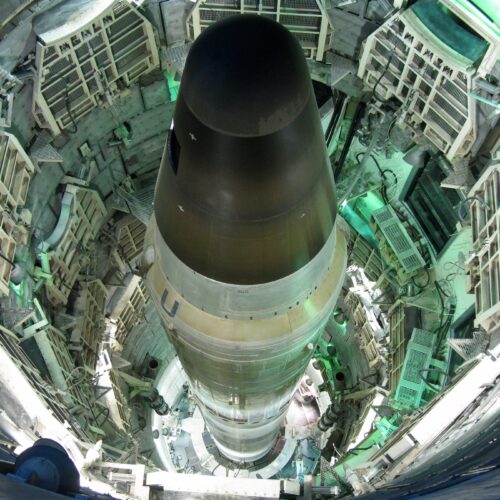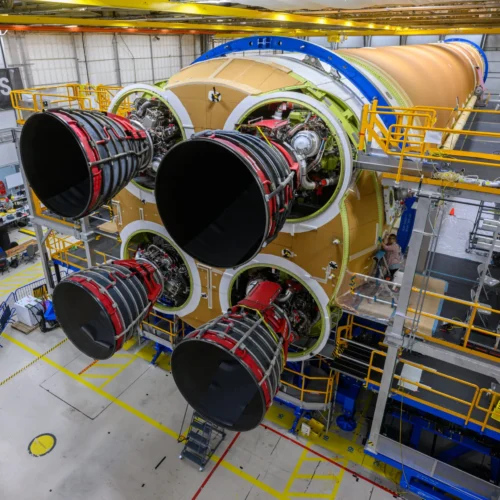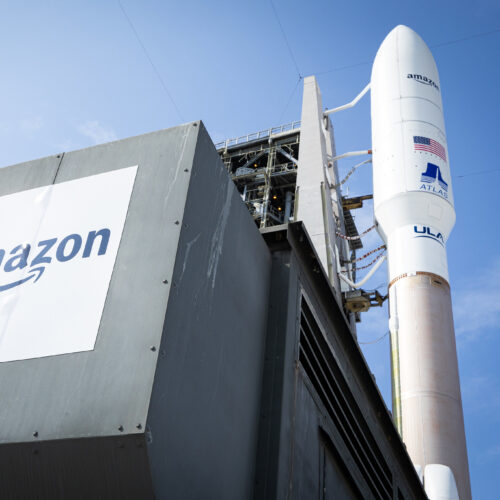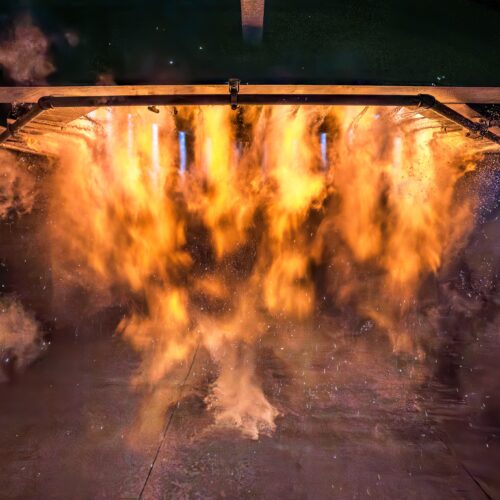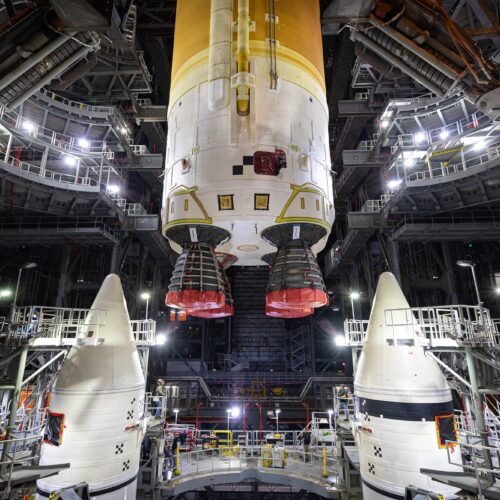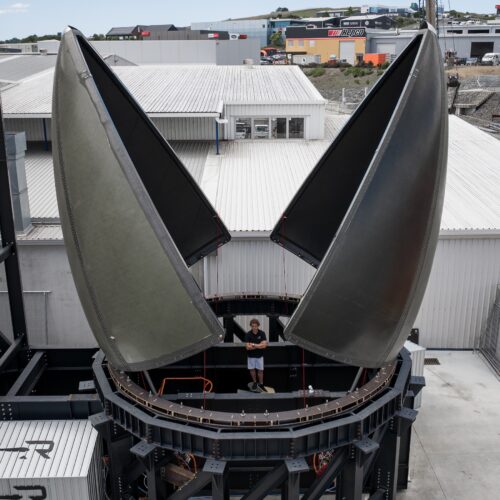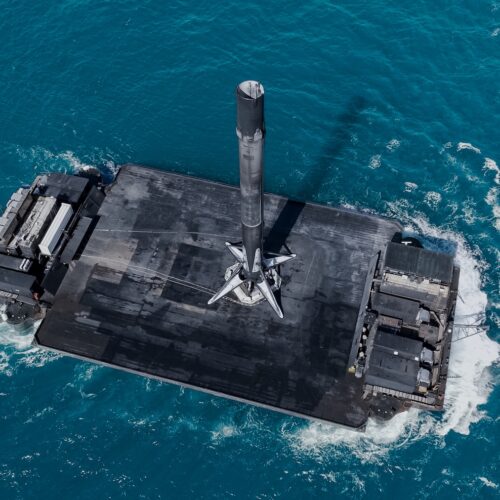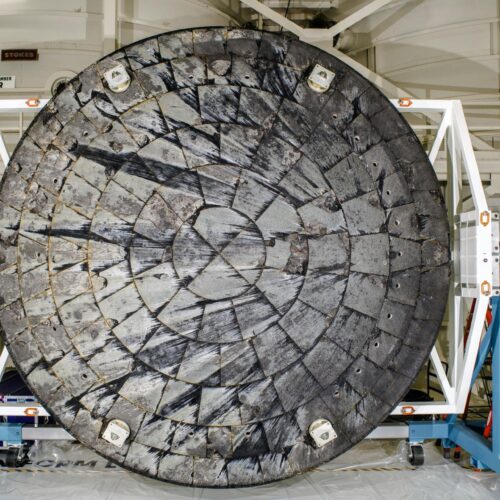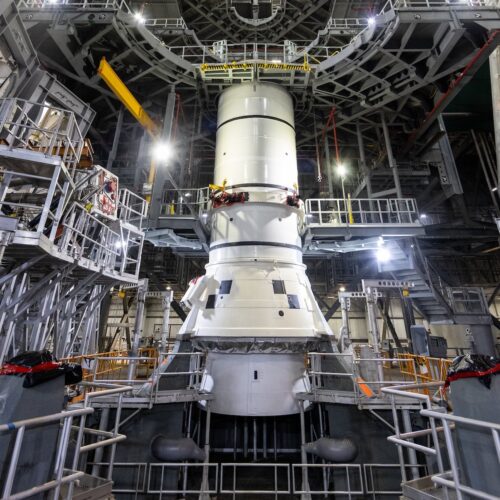Rocket Report: Rocket Lab to demo cargo delivery; America’s new ICBM in trouble
Welcome to Edition 7.43 of the Rocket Report! There's been a lot of recent news in hypersonic testing. We cover some of that in this week's newsletter, which is just a taste of the US military's appetite for fielding its own hypersonic weapons, and conversely, the Pentagon's emphasis on the detection and destruction of an enemy's hypersonic missiles. China has already declared its first hypersonic weapons operational, and Russia claims to have them, too. Now, the Pentagon is finally close to placing hypersonic missiles with combat units. Many US rocket companies believe the hypersonics sector is a lucrative business. Some companies have enough confidence in this emerging market—or lack of faith in the traditional space launch market—to pivot entirely toward hypersonics. I'm interested in seeing if their bets pay off.
As always, we welcome reader submissions. If you don't want to miss an issue, please subscribe using the box below (the form will not appear on AMP-enabled versions of the site). Each report will include information on small-, medium-, and heavy-lift rockets, as well as a quick look ahead at the next three launches on the calendar.

Stratolaunch tests reusable hypersonic rocket plane. Stratolaunch has finally found a use for the world's largest airplane. Twice in the last five months, the company launched a hypersonic vehicle over the Pacific Ocean, accelerated it to more than five times the speed of sound, and autonomously landed at Vandenberg Space Force Base in California, Ars reports. Stratolaunch used the same Talon-A vehicle for both flights, demonstrating its reusability, a characteristic that sets it apart from competitors. Zachary Krevor, Stratolaunch's president and CEO, said his team aims to ramp up to monthly flights by the end of the year.


